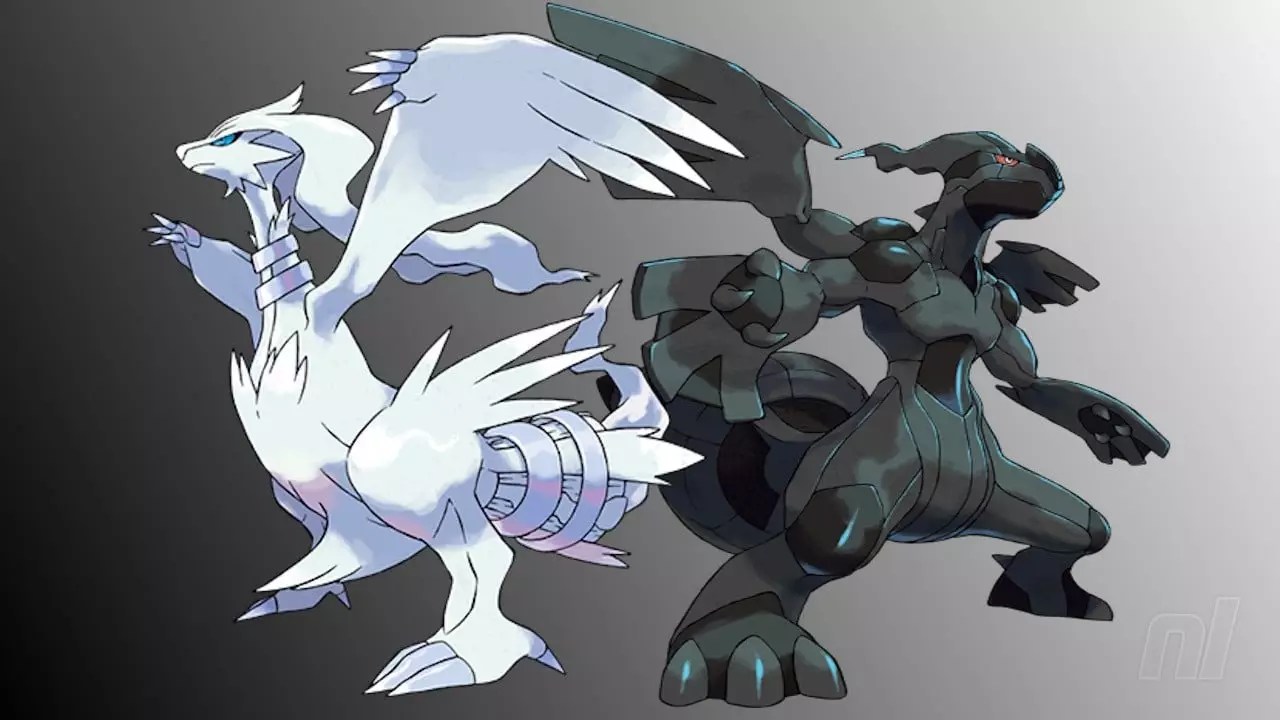Fifteen years ago, Pokémon’s fifth generation burst onto the scene with a bold new vision that challenged the established norms of the franchise. Released in Japan on September 18, 2010, Pokémon Black & White marked a significant departure from previous titles, not just in storyline but in fundamental gameplay mechanics. The release introduced the Unova region—an homage to North America’s diverse landscapes, especially the vibrant cityscapes of New York City—immediately signaling a desire to break away from the fantastical world-building of prior generations and toward a more localized, culturally inspired universe.
One of the most striking innovations was the overhaul of the Pokédex. For the first time in the series’ history, players were restricted to only the 156 new Pokémon introduced in this generation during their initial playthrough—no familiar faces from past generations were available unless players took extra steps, such as trading or completing the game to unlock the National Dex. This design choice was highly controversial; some fans felt it was a hindrance, limiting nostalgia and the convenience of using their favorite Pokémon, while others saw it as an exciting opportunity for a fresh gameplay experience. The approach was a testament to Pokémon’s willingness to experiment and potentially redefine how players engage with their collection.
Initial Reception and Growing Appreciation
At launch, Pokémon Black & White faced some criticism. Many fans lamented the absence of beloved Pokémon from previous generations, and gameplay was perceived as somewhat stagnant, especially in an era where annual releases often felt repetitive. The omission of features seen in the remakes of Gold, Silver, HeartGold, and SoulSilver further fueled dissatisfaction among a core segment of the player base. Critiques focused on the perceived lack of polish, limited post-game content, and debuting Pokémon that were based on inanimate objects or food—Trubbish, Vanillite, and their ilk—prompting debates about creativity in Pokémon design.
Despite these initial setbacks, over time, Generation 5’s reputation has dramatically improved. The atmospheric, story-rich campaigns—particularly featuring N and the morally complex Team Plasma—won players over, elevating the generation to one of the most compelling in the franchise’s history. Unique Pokémon such as Chandelure, Zoroark, Krookodile, and Volcarona became fan favorites, showcasing the series’ capacity for innovation in design and combat strategy. Additionally, the direct sequels, Black 2 & White 2, broke the typical mold of a third iteration, offering more substantial content and narrative depth, which further cemented Unova’s place in the Pokémon pantheon.
The Temptation of a Remake and the Generation’s Resurgence
In recent years, the hype around a Pokémon Black & White remake has gained momentum. Given the trend of remaking classic Pokémon titles—most recently with Diamond & Pearl—fans speculate that a return to Unova is inevitable, potentially for the Nintendo Switch or the much-anticipated Switch 2. The franchise’s ongoing teasing of Generation 5 content within Pokémon GO and the Trading Card Game, alongside Easter eggs in recent titles like Scarlet & Violet and Legends: Arceus, signals an ongoing interest in revisiting this pivotal era.
The prospect of a remake is more than nostalgia; it represents an opportunity to reintroduce Generation 5’s innovative ideas to a new audience, armed with the technological advancements of modern consoles. It could reframe the generation’s initial criticisms, especially by delivering smoother gameplay, expanded content, and even reimagined Pokémon designs that honor the original creatures while contemporizing them. Pokémon’s franchise has shown a remarkable knack for evolving its older titles into modern classics, and Unova’s rich lore and distinctive regional identity make it a prime candidate for this renaissance.
Generation 5’s Legacy: A Catalyst for Growth and Innovation
Ultimately, Pokémon Generation 5 exemplifies the franchise’s willingness to push boundaries and embrace change—even at the risk of initial rejection. Its bold decision to limit the Pokedex, coupled with its mature storytelling and sophisticated Pokémon designs, demonstrated that Pokémon could be both inventive and engaging for a more diverse audience. The initial criticisms, rather than diminishing its worth, have faded into the background, replaced by recognition of its lasting influence.
The generation’s resurgence in popularity and the persistent rumors about a remake underscore its importance in Pokémon’s evolving narrative. Whether as a standalone chapter or a foundation for future remakes, Generation 5 stands as a testament to the franchise’s capacity for reinvention, proving that even controversial experiments can become cherished milestones when given time to mature in fans’ hearts.


Leave a Reply